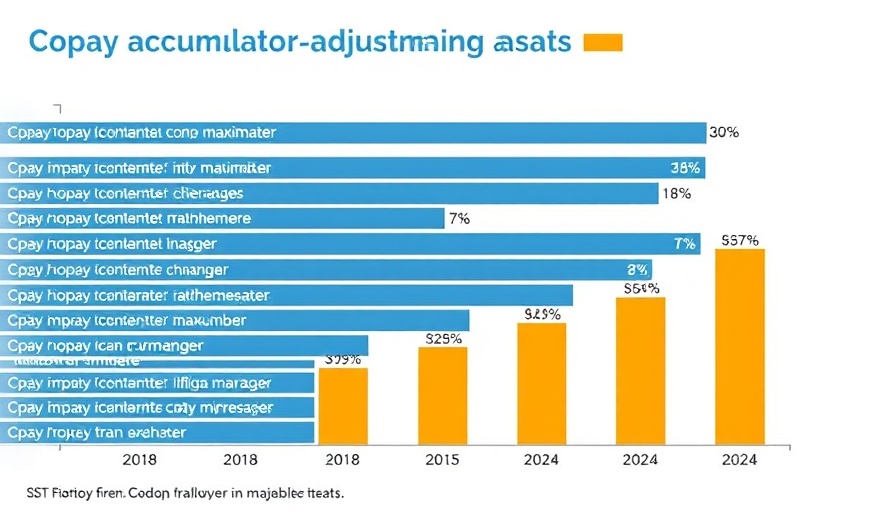
Understanding Copay Maximizers: What Parents Need to Know
In today's healthcare landscape, parents often find themselves grappling with the intricate workings of insurance policies, especially when it comes to medication costs. One trend that has emerged in recent years is the use of copay maximizers. These are financial tools that plan sponsors and Pharmacy Benefit Managers (PBMs) utilize to encourage higher-cost medications while aiming to lower out-of-pocket expenses for patients. However, the implications of copay maximizers can be quite complex and warrant closer inspection.
Why Are Copay Maximizers So Attractive?
Plan sponsors and PBMs are drawn to copay maximizers because they can significantly reduce the immediate costs of medications for patients. By compressing the patient’s share of the cost into a lower copay, families may feel an instant financial relief. This model encourages the use of expensive specialty drugs, often viewed as being more effective, but it can inadvertently lead to larger out-of-pocket costs if families aren't prepared for the eventual high prices of their medications.
The Hidden Costs of Copay Maximizers
While copay maximizers may appear beneficial at first glance, parents should be cautious. These tools frequently lead to increased long-term costs, particularly as they focus on high-cost medications that may not always be the best option for their child. Families might find themselves facing unexpected bills when out-of-pocket maximums are reached more swiftly than anticipated due to inflated drug prices. Understanding the full scope of this financial strategy can assist parents in making more informed decisions about their children's healthcare.
Real-Life Impacts: A Parent's Perspective
To illustrate the real-world implications of copay maximizers, consider the story of Jessica, a mother caring for her son diagnosed with a rare medical condition requiring costly medication. Initially thrilled by the manageable copay, she soon discovered that her son’s prescribed medication was not as effective as alternatives available at lower prices. As bills mounted unexpectedly, Jessica realized that while copay maximizers offered some short-term convenience, they clouded her understanding of long-term affordability.
Future Trends in Healthcare Financing
Looking ahead, the role of copay maximizers is likely to evolve as healthcare policies change. With increasing scrutiny on drug pricing and healthcare transparency, plan sponsors may seek alternatives that provide families with clearer and more sustainable strategies for managing medication costs. In essence, empowering parents with knowledge about healthcare financing can lead to better health outcomes and financial security.
Questions to Consider: Navigating Healthcare Choices
As parents, the choice of medication for your child can be daunting. Here are some critical questions to ponder:
- Are there lower-cost medications available that may be just as effective?
- How do copay maximizers affect the overall financial responsibility?
- Are there available resources or support networks that can assist in navigating these complexities?
The Role of Education in Healthcare Decisions
Ultimately, awareness and education are key in tackling the challenges presented by copay maximizers. Engaging in open conversations with healthcare providers about available options can empower parents to advocate for their children's health needs effectively. It’s essential to foster an environment where questions can be raised without hesitation, ensuring that families have access to the information required to navigate healthcare decisions confidently.
Conclusion: The Importance of Vigilance
As discussed, copay maximizers are a complicated yet significant aspect of the current healthcare framework. By understanding their implications, parents can make educated decisions that best suit their family's financial and medical needs. Remaining vigilant and proactive about healthcare choices is critical to ensuring the well-being of your loved ones.
 Add Row
Add Row  Add
Add 




 Add Row
Add Row  Add
Add
Write A Comment